Oral Surgery
For tooth and jaw procedures that go beyond the expertise of a general dentist, you might need oral surgery.
dental implants
In the past, there weren’t many attractive options when it came to replacing missing teeth, but now, thanks to modern dentistry, affordable dental implants can not only return a beautiful, healthy smile, but restore the patient’s oral health as well. Tooth implants are small titanium posts placed in the bone socket of the missing tooth or teeth. Once the jawbone heals, it will grow around the implant, securing it into the jaw. This sets the foundation for the new tooth or teeth to be set. Tooth implants are durable, safe, effective, and easy to care for.

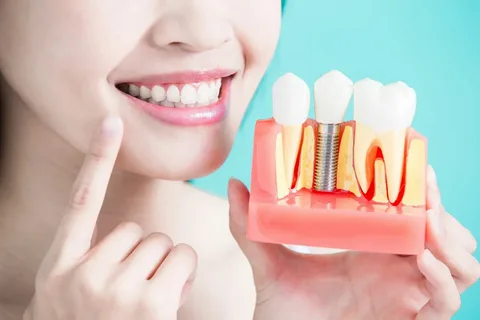

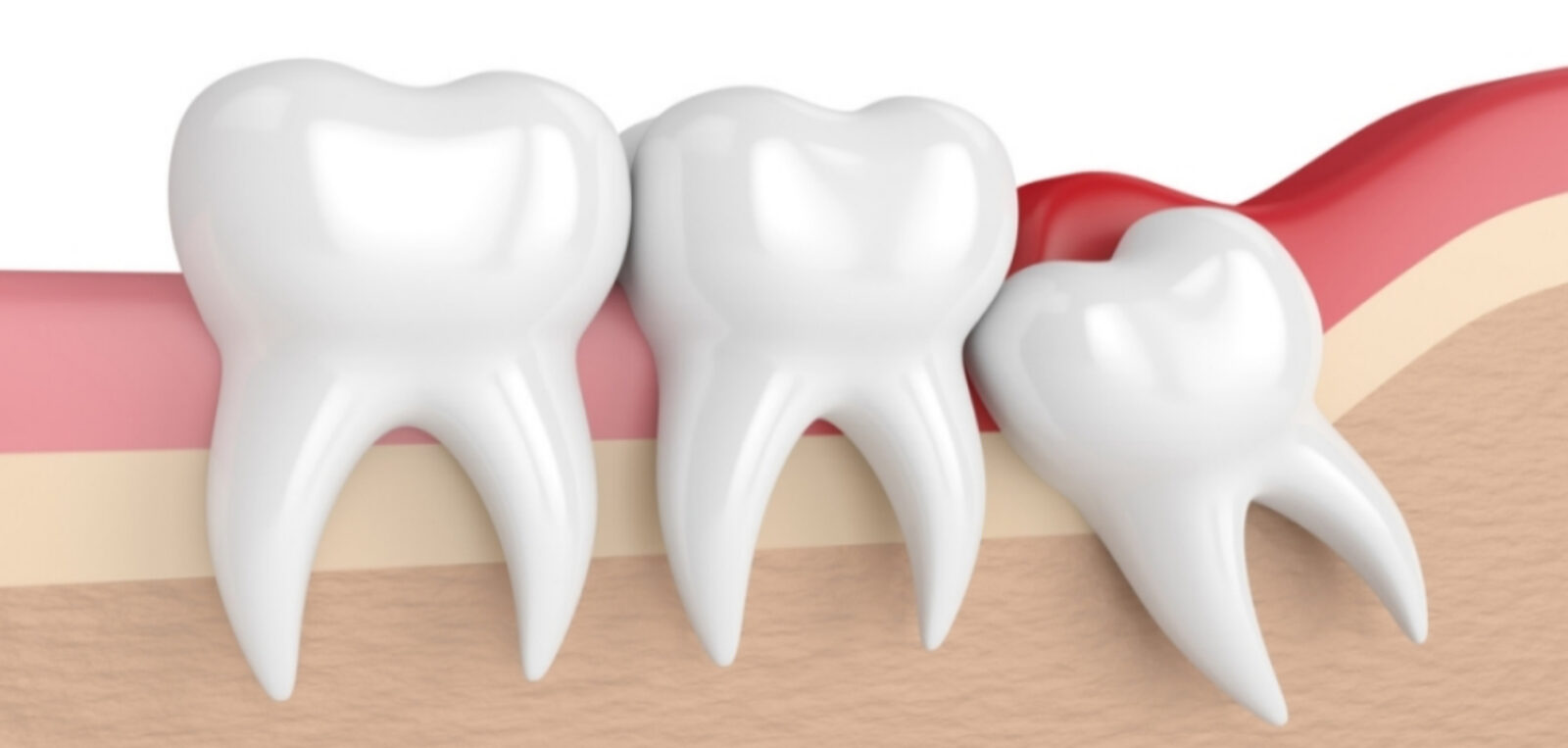
wisdom teeth extraction
The last pair of teeth frequently emerge during the late teen are called wisdom teeth. Located in the rear areas of both arches, wisdom teethalso referred to as the third molars typically lack sufficient room to effectively grow in, are troublesome to keep bacteria-free, and may require extraction to safeguard general oral health. Wisdom teeth can be impacted (trapped under the gum tissues or jaw), misaligned, or not able to emerge as they should, causing a host of dental problems. Our Dentists conducts wisdom teeth extractions for US individuals to increase dental health and safeguard against an uneven bite and decay. If you or a member of your family has problematic or impacted wisdom teeth, call for a checkup to find out about your many options.
bone grafting
A dental bone graft adds volume and density to your jaw in areas where bone loss has occurred. The bone graft material may be taken from your own body (autogenous), or it may be purchased from a human tissue bank (allograft) or an animal tissue bank (xenograft). In some instances, the bone graft material may be synthetic (alloplast).
Once the bone graft has been placed, it holds space for your own body to do the repair work. In other words, a dental bone graft is like a scaffold on which your own bone tissue can grow and regenerate.
In some cases, your dental provider may combine a dental bone graft with platelet-rich plasma (PRP). This is taken from a sample of your own blood and is used to promote healing and tissue regeneration.
In some cases, your dental provider may combine a dental bone graft with platelet-rich plasma (PRP). This is taken from a sample of your own blood and is used to promote healing and tissue regeneration.
A person with bone loss in their jaw usually needs a dental bone graft. This procedure may be recommended if you:
Are having a tooth extracted.
Plan to replace a missing tooth with a dental implant.
Need to rebuild the jaw before getting dentures.
Have areas of bone loss due to gum (periodontal) disease.
Are having a tooth extracted.
Plan to replace a missing tooth with a dental implant.
Need to rebuild the jaw before getting dentures.
Have areas of bone loss due to gum (periodontal) disease.
Dental bone grafts are extremely common. They may be performed by a general dentist or a specialist, such as a periodontist or an oral surgeon.
Yes. There are four main types, including:
Socket preservation. Sometimes called ridge preservation, this type of graft is placed in the socket immediately after a tooth extraction. It fills the void left behind by the missing tooth and prevents the sides of the socket from caving in. Ridge augmentation. If your teeth have been missing for a while, the supporting jawbone may be thinner than it was before. Ridge augmentation increases the width and volume of the jawbone so it can provide a stable foundation for implants or other restorative options. Sinus lift. The maxillary sinuses sit just above your upper back teeth. If the upper back teeth are missing, the sinuses can drop down and invade the space once occupied by the teeth roots. In this scenario, you wouldn’t want to place implants because they would penetrate the sinus membrane. To address this problem, your oral surgeon or periodontist can perform a sinus lift. This procedure raises the sinus back to its proper position. A dental bone graft is then placed underneath the sinus, creating a solid foundation for dental implants later on. Periodontal bone graft. Infection from gum disease can erode the bone that supports the teeth. This can cause the teeth to become loose. A periodontal bone graft is placed around an existing tooth to reduce mobility and provide additional support. In most cases, bone grafts for dental implants must heal completely before the actual implant is placed. Because each person is unique, recovery times vary. In rare instances, your dentist may be able to place a bone graft and a dental implant at the same time. But this is decided on a case-by-case basis.
Socket preservation. Sometimes called ridge preservation, this type of graft is placed in the socket immediately after a tooth extraction. It fills the void left behind by the missing tooth and prevents the sides of the socket from caving in. Ridge augmentation. If your teeth have been missing for a while, the supporting jawbone may be thinner than it was before. Ridge augmentation increases the width and volume of the jawbone so it can provide a stable foundation for implants or other restorative options. Sinus lift. The maxillary sinuses sit just above your upper back teeth. If the upper back teeth are missing, the sinuses can drop down and invade the space once occupied by the teeth roots. In this scenario, you wouldn’t want to place implants because they would penetrate the sinus membrane. To address this problem, your oral surgeon or periodontist can perform a sinus lift. This procedure raises the sinus back to its proper position. A dental bone graft is then placed underneath the sinus, creating a solid foundation for dental implants later on. Periodontal bone graft. Infection from gum disease can erode the bone that supports the teeth. This can cause the teeth to become loose. A periodontal bone graft is placed around an existing tooth to reduce mobility and provide additional support. In most cases, bone grafts for dental implants must heal completely before the actual implant is placed. Because each person is unique, recovery times vary. In rare instances, your dentist may be able to place a bone graft and a dental implant at the same time. But this is decided on a case-by-case basis.

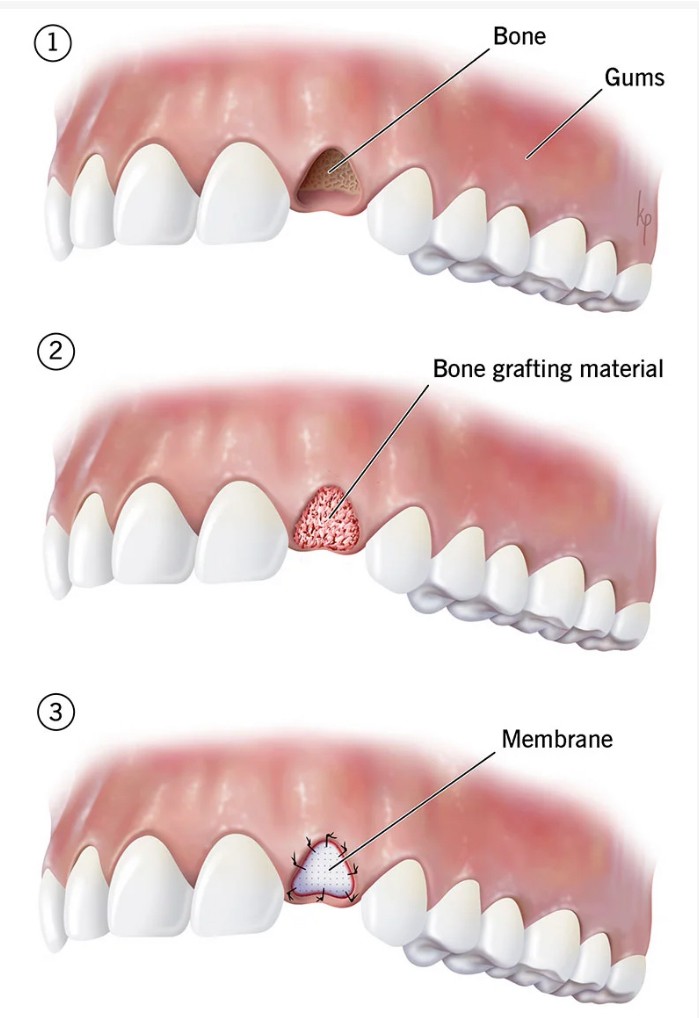


TMJ treatment
TMJ dysfunctions are conditions affecting your jaw joints and surrounding muscles and ligaments. These conditions can cause several issues, including jaw pain, headaches and difficulty opening and closing your mouth.
You might hear people call these conditions TMJ. But “TMJ” refers to your actual jaw joint, while “TMD” stands for temporomandibular joint dysfunction. Another name is temporomandibular joint disorder.
You have two TMJs (temporomandibular joints) — one on each side of your face, just in front of your ears. Your TMJs connect your lower jawbone to your skull and help with movements like chewing and speaking.
Between 5% and 12% of the general adult population have some form of TMJ disorder. The condition is twice as common in women and people assigned female at birth (AFAB) than in men and people assigned male at birth (AMAB). People between the ages of 20 and 40 are most likely to develop TMD.
Types of TMD (temporomandibular joint dysfunction)
Healthcare providers classify TMDs into three categories:
Disorders of your jaw joints.
Disorders of your chewing muscles.
Headaches that result from TMD.
You might hear people call these conditions TMJ. But “TMJ” refers to your actual jaw joint, while “TMD” stands for temporomandibular joint dysfunction. Another name is temporomandibular joint disorder.
You have two TMJs (temporomandibular joints) — one on each side of your face, just in front of your ears. Your TMJs connect your lower jawbone to your skull and help with movements like chewing and speaking.
Between 5% and 12% of the general adult population have some form of TMJ disorder. The condition is twice as common in women and people assigned female at birth (AFAB) than in men and people assigned male at birth (AMAB). People between the ages of 20 and 40 are most likely to develop TMD.
Types of TMD (temporomandibular joint dysfunction)
Healthcare providers classify TMDs into three categories:
Disorders of your jaw joints.
Disorders of your chewing muscles.
Headaches that result from TMD.
impacted canines
An impacted tooth is a tooth that is unable to grow into the dental arch because it is trapped beneath gum tissue or bone. Any tooth can become impacted, but wisdom teeth and canine teeth are most commonly affected. Since canine teeth play an important role in the health and function of the mouth, special efforts are made to help the impacted tooth emerge properly. In general, this treatment, called expose and bond, is a cooperative effort between the patient’s orthodontist and oral surgeon.

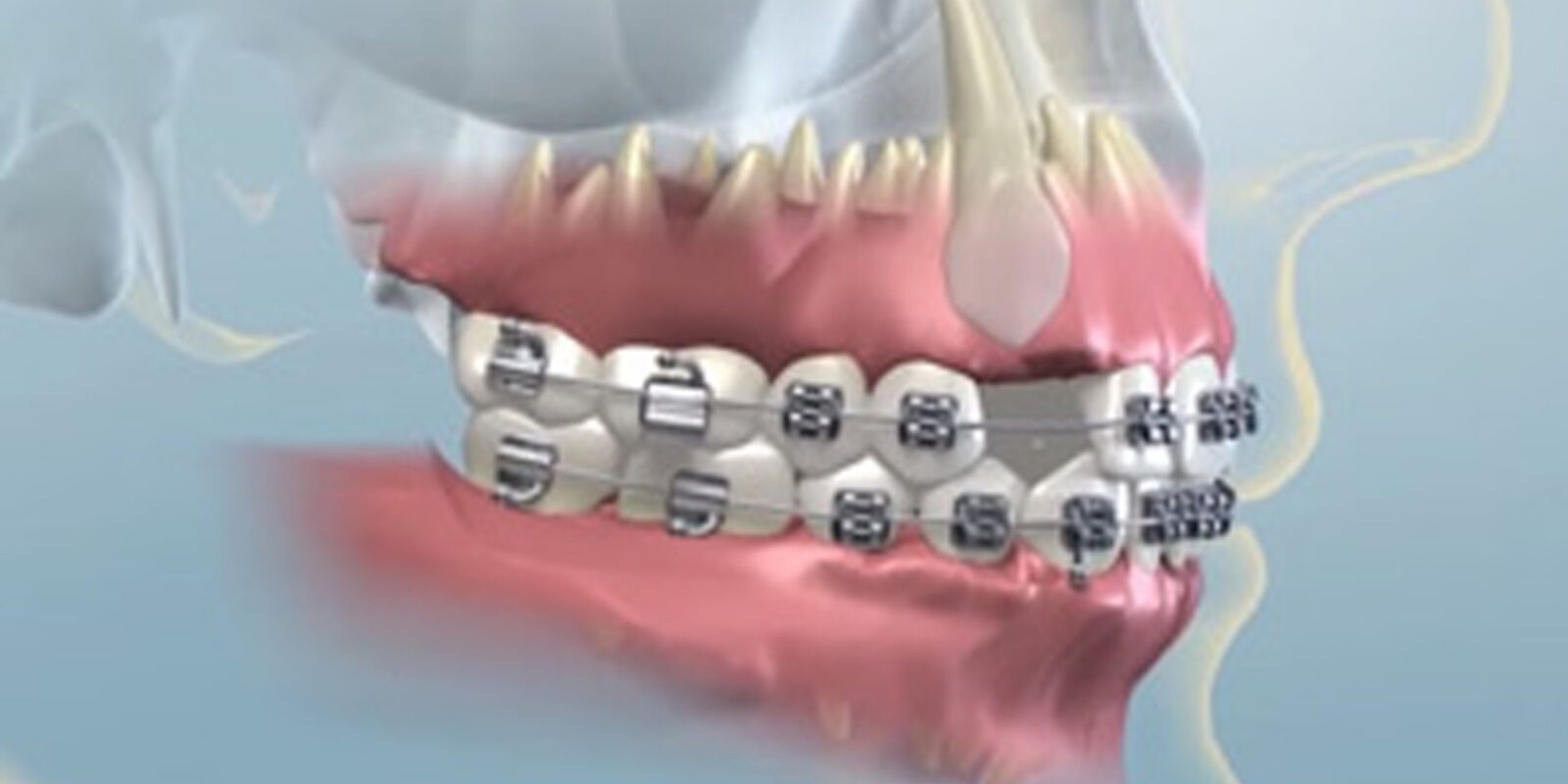

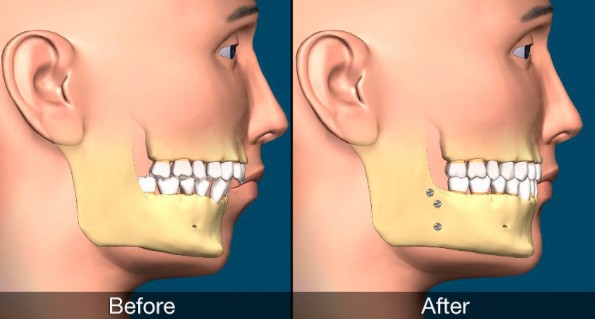
reconstructive surgery
Corrective jaw, or orthognathic surgery is performed by an oral and maxillofacial surgeon (OMS) to correct a wide range of minor and major skeletal and dental irregularities, including the misalignment of jaws and teeth.
Surgery can improve chewing, speaking and breathing. While the patient’s appearance may be dramatically enhanced as a result of their surgery, orthognathic surgery is performed to correct functional problems.
Most of these surgeries are done with partnership with the treating orthodontist. Dr. Krajekian utilized most advance surgical techniques for the correction of these deformities starting with
Virtual Guided Surgery
3D printing precision surgical guides
Use of Platelet Rich Plasma
Use of Stem cell
Surgery can improve chewing, speaking and breathing. While the patient’s appearance may be dramatically enhanced as a result of their surgery, orthognathic surgery is performed to correct functional problems.
Most of these surgeries are done with partnership with the treating orthodontist. Dr. Krajekian utilized most advance surgical techniques for the correction of these deformities starting with
Virtual Guided Surgery
3D printing precision surgical guides
Use of Platelet Rich Plasma
Use of Stem cell
Implant Supported Prosthesis
An implant-supported denture is an oral appliance that replaces several teeth at once. It’s similar to a traditional denture. But instead of resting on top of your gums, an implant-supported denture attaches directly to your jawbone using dental implants. Dental implants are tiny threaded posts that replace missing teeth roots. Implant-supported dentures offer improved stability for chewing, eating and speaking.
Your healthcare provider may recommend implant-supported dentures if you’re missing most or all of your teeth. People who are missing several teeth in sporadic areas can benefit from implant-supported partial dentures. Your dentist can tell you which option is best for your situation.
To qualify for implant-supported dentures, you must have enough bone in your jaw to accommodate the dental implants. In many cases, dental bone grafts can help add volume and density to areas where you’ve lost bone.
To qualify for implant-supported dentures, you must have enough bone in your jaw to accommodate the dental implants. In many cases, dental bone grafts can help add volume and density to areas where you’ve lost bone.
When it comes to implant-supported dentures, there are fixed and removable options. The treatment that’s right for you depends on several factors, including the health of your jawbone, your medical history and your personal preferences.
Removable implant-supported dentures
This type of denture “snaps on” to dental implants in your jawbone. It stays securely in place until you’re ready to remove it.
With this option, you can take your dentures out every day for easy cleaning.
Fixed implant-supported dentures
A fixed denture — sometimes called a hybrid denture — attaches permanently to dental implants in your jawbone. You can’t remove it at home, but your dentist can remove it for maintenance when necessary.
With this option, you can’t take your dentures out to clean them. You’ll brush them just like natural teeth, and you can clean underneath them using floss threaders, interproximal brushes and other special cleaning tools.

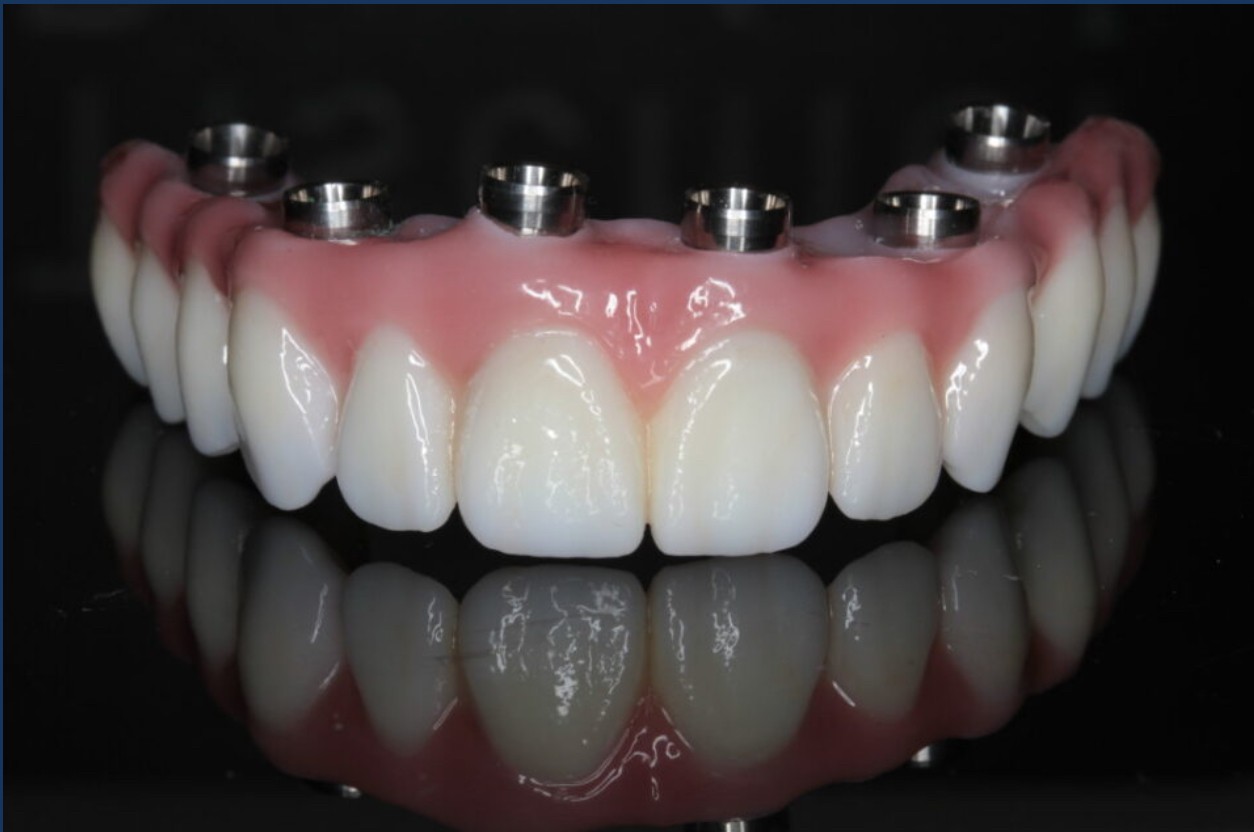
Frequently Asked Questions
Common oral surgeries include wisdom teeth removal, dental implant placement, jaw surgery, and gum grafting.
To prepare for oral surgery, follow your dentist’s instructions for any dietary restrictions, medications to avoid, and any preoperative testing.
The length of recovery after oral surgery varies depending on the type and complexity of the procedure, but it can range from a few days to several weeks.





